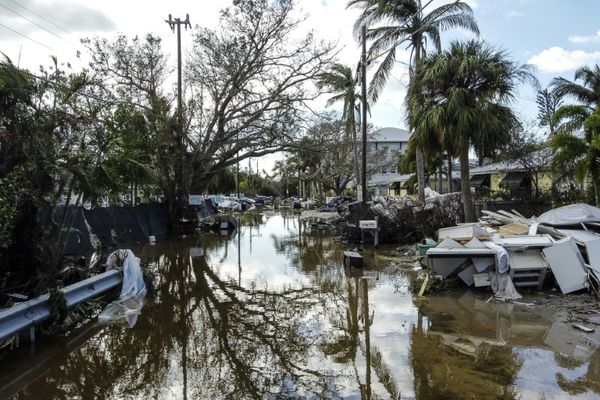Karnataka Budget for 2022-23 presented by Chief Minister Basavaraj Bommai on Friday, the last full Budget of the current Government, has all the characteristics of an election year Budget. As a fiscal exercise, it eschews prudence, as a political exercise, it tries to please all, and as a development exercise, its priorities remain unchanged.
Karnataka has been known for its fiscal prudence for long. The State legislated The Karnataka Fiscal Responsibility Act in 2002, a year before the Union Government passed the Fiscal Responsibility and Budget Management Act-2003. Ever since, Karnataka has mostly adhered to the limits stipulated in the Act. The State crossed this fiscal limit last year, but it was understandable then given the pandemic-induced disruption in the economy and the consequent decline in revenue collection. During 2021-22, according to the Government’s own admission, all sectors have shown growth and revenue collection has surpassed the target.
Galloping debt
Yet, the State’s debt burden seems to be galloping. The total liabilities stand at 27% of the Gross State Domestic Product as against 25% stipulated by the Act. The Government, however, has taken consolation in the fact that it has restricted the borrowing for the year 2022-23 to 3.26% of the GSDP against 3.5% allowed by the Union Government and claimed that it is a demonstration of ‘its commitment to fiscal discipline and forethought.’
Amidst the fiscal struggle, the Chief Minister who also holds the finance portfolio has managed to do what Finance Ministers have always done closer to the election year. New schemes galore in the Budget for most of which no fund allocation has been made. The Chief Minister has continued the practice of making budgetary allocation to various types of caste-based outfits, including caste-based development corporations launched by the Government. This was a practice pioneered by Bommai’s predecessor B.S. Yediyurappa which has since become a standard budgetary practice of all Governments irrespective of the party in power. The Chief Minister has added his bit to this questionable public expenditure by introducing a new scheme of financing pilgrimage to prominent Hindu religious shrines.
The Government’s priorities while allocating funds to various developmental sectors has remained the same. Although this is not surprising, education and health sectors were expected to receive higher allocation this year. Education, because of Karnataka’s commitment to implementing the National Education Policy-2020 and Health, because of COVID-19 pandemic which exposed the weakness of the State public health system showing the need for increased Government expenditure on public health.
For a long time, the outlay for education sector has hovered around 11% of the total expenditure. This Budget has hiked it to 12%, which appears too meagre considering the ambitious goals of the New Education Policy.
Skewed vision
Stagnant outlay apart, an observation on page no. 31 of the Budget speech regarding the seven new universities the Government proposes to start reflects the State Government’s skewed vision of seeing technological solutions for problems of higher education. It says, “M aximum utilization of information technology without additional requirement of manpower will make these universities different from conventional ones..”
In the backward north-east Karnataka, the newly established Raichur University has been allocated a grant of ₹15 crore whereas a project to develop a religious site (Anjanadri Betta) has been promised ₹100 crore. Although the health sector’s outlay constitutes a meagre 5% of the total expenditure as against 4% during the past few years, the Budget proposes several ambitious schemes to strengthen public health infrastructure which include establishing 438 ward-level clinics in major cities including Bengaluru.
Finally, the Budget extolls the value of inclusive growth and empowering the disadvantaged but the allocation for social welfare remains unchanged at 3 per cent of the total expenditure. Such chasms between pronouncements and actions are too many in this election-year budget.
(The author is an associate professor with Azim Premji University. He is a policy researcher and political commentator.)







